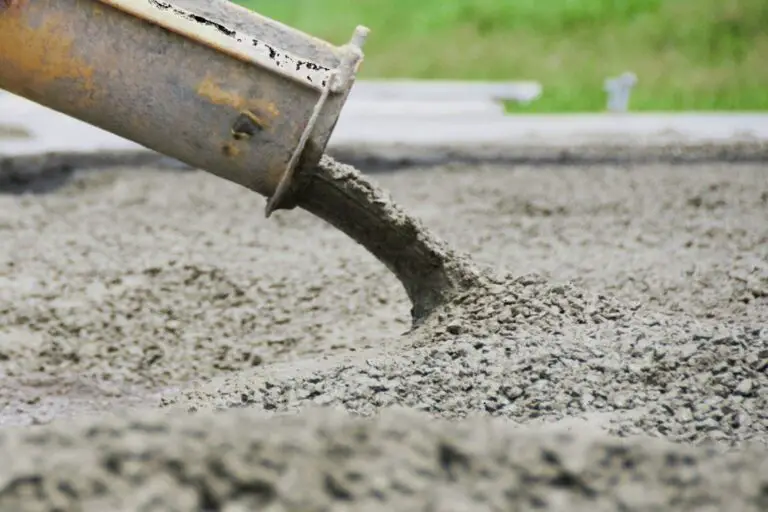Curing of Concrete
For the hardening of concrete through the setting of constituent components and to promote the reactions in the concrete, curing is carried out. Curing is needed for three main reasons, i.e. for the dissipation of heat, to reduce the moisture loss due to evaporation, and to maintain moisture for hydration. Curing helps concrete is gaining strength.
There are different methods of curing some of them are as follow:
- Water curing (done through sprinkling, fogging, ponding)
- Membrane curing (two sheets of impervious kraft paper cemented together by bitumen, plastic sheets, liquid membranes)
- Heat curing
- Internal moist curing (provided by special fine aggregates, low-density fine aggregates or absorbent polymers)
- Steam curing
The need for curing starts when all the bleeding water disappears and the drying of concrete starts. There is a predefined period of curing, the American Concrete Institute ACI, committee 301 has recommended that the minimum period of concrete curing corresponds to the attaining of 70 % of the specified compressive strength. There are various guidelines regarding the curing period time, every country has its own guidelines.
Advantages of concrete
Concrete is the most important component of the construction industry, without concrete making all those giant structure is not less than just a mere dream. Concrete technology has made this dream come true. Concrete yields many benefits. The following list shows some of the benefits of concrete:
- concrete offers great strength and durability
- the facility made from concrete is safe, environmental friendly
- it can be molded into any shape, color and pattern
- It can be easily made and it is comparatively cheap
- It provides great sound and vibration insulation
- It needs very minute or no maintenance
- The structure made of concrete is energy efficient and emission free.
- It can be recycled and produced locally.
Problems of concrete
Freezing and thawing
when water freezes it expands causing internal stresses and which subsequently cause cracks in concrete. To reduce the risk of this harmful phenomena, certain air entraining admixtures are used.
Abrasion
It is the loss of concrete mass due to mechanical degradation, like friction, wear and tear, impact loading, buckling, overloading, and due to local crushing.
Efflorescence
White crystallized material forms on the concrete. During the hydration concrete different salts are formed, and these salts are brought outside by water and the salt is deposited on the surface.
Acidic
Even though concrete is resistant against any acidic attack, but when the concentration is high it can cause harm by leaching of CH and disintegration of the C-S-H gel.
Erosion
Electrochemical reactions with steel rebar when they are exposed to moisture content. The corrosion makes the volume greater and due to this change in volume cracks occur. This corrosion is also caused by carbonation.
Creep
creep is defined as the deflection of structure when it is subjected to loading. The three main factors that affect the creep are: aggregate, mixed proportion and age of concrete.
Creep is a critical phenomenon; it can cause buckling of the member when it is not dealt with properly. Creep can not necessarily be harmful in concrete, for example in the case of statically indeterminate structures, column, and beam junction, stress concentration is relieved by creep.
